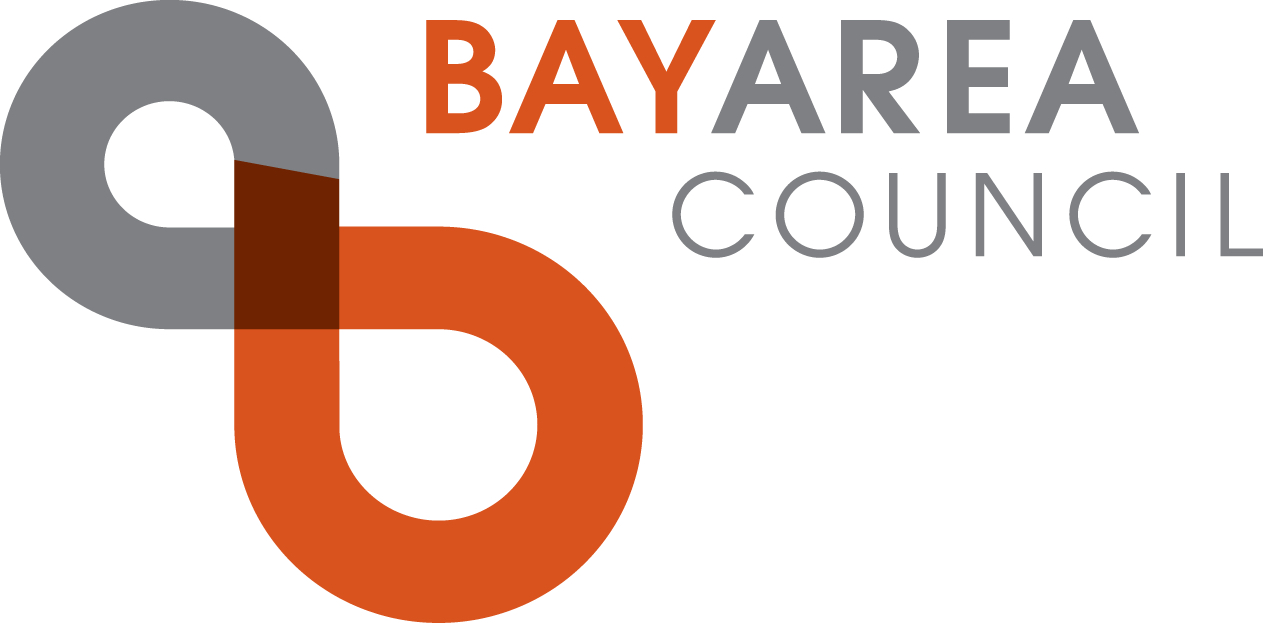Despite Gains in 2021, Regional Economic and Transit Recovery Face Uphill Battle
New data from December 2021 show modest gains in employment in the Bay Area, California and the nation overall, ending a year of slow but steady job growth. And Bay Area residents are on the move again, commuting and taking weekend trips—just not on public transit. Regional bridge traffic is nearly back to pre-pandemic levels, while BART ridership remains at record lows. Analysis from the Bay Area Council Economic Institute highlights the steep challenges our region still faces on the road to economic recovery from the pandemic.
While the first half of 2021 was marked by vaccine approvals and a slowly reopening economy, the second half was marked by the Delta and Omicron COVID variants, bringing new challenges to achieving full recovery. As we enter 2022, the Bay Area is still down 5.6% of pre-pandemic jobs, and our job recovery rate continues to lag behind the state and the nation overall. The gap between California and the Bay Area can be largely attributed to massive regional job losses in the leisure and hospitality sector, which accounted for 44% of the region’s overall job deficit. Like many urban metro areas, the Bay Area has a high share of service economy jobs and a high share of office jobs. In many ways, the service economy relies on the office economy for its revenues. The region’s recovery will hinge on growth in other sectors to outpace the losses in leisure in hospitality, as well as on better support for women, caretakers and other disproportionately affected groups who have left the workforce. As employers continue to push back return to office plans, the service economy will struggle to return to its pre-pandemic employment levels in 2022.
While growing numbers of car commuters signals some progress in reopening the economy, it also signals that commuters are choosing their cars over transit. An interactive analysis of data from the Bay Area’s seven state-owned toll bridges shows overall commute volumes as of December 2021 have returned to 94% of levels from the same month in 2019. Meanwhile, BART ridership lingers at just 26% of pre-pandemic levels as of December 2021. The increase in car commuters comes as even more employees are still working from home, with office vacancy rates as high as 20% in San Francisco. These findings highlight the importance of getting commuters back on transit in 2022. The Council is working with regional transportation planners and transit agencies to better understand changing commute patterns and employers’ remote work plans to promote both short- and long-term strategies that will get Bay Area residents back on transit.
To learn more and subscribe to receive updates from the Bay Area Council Economic Institute, click here>>




